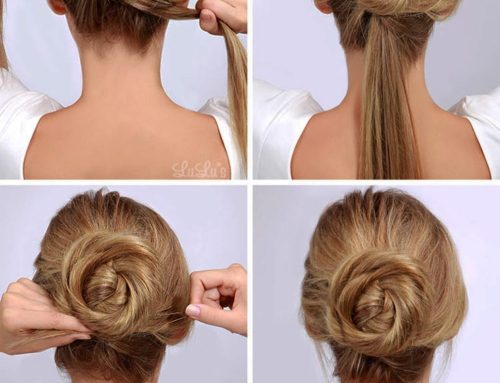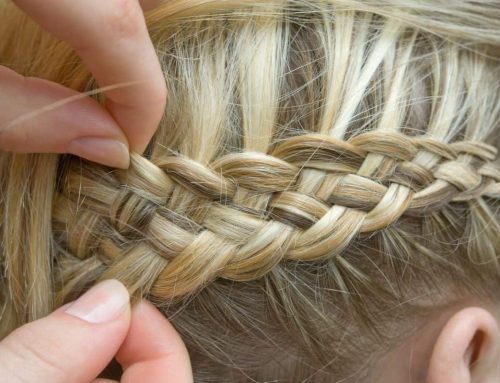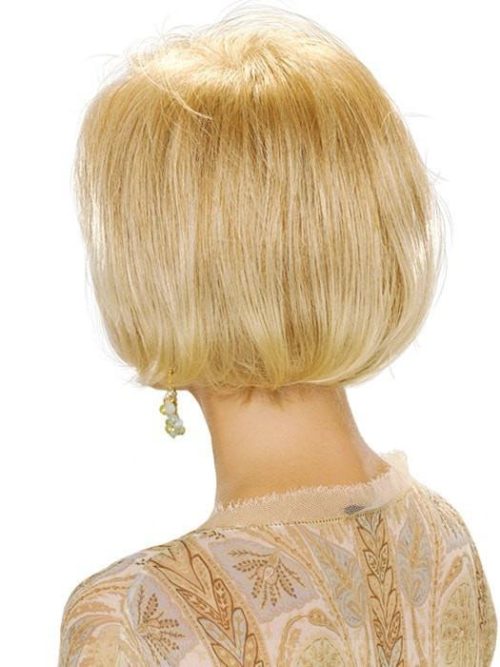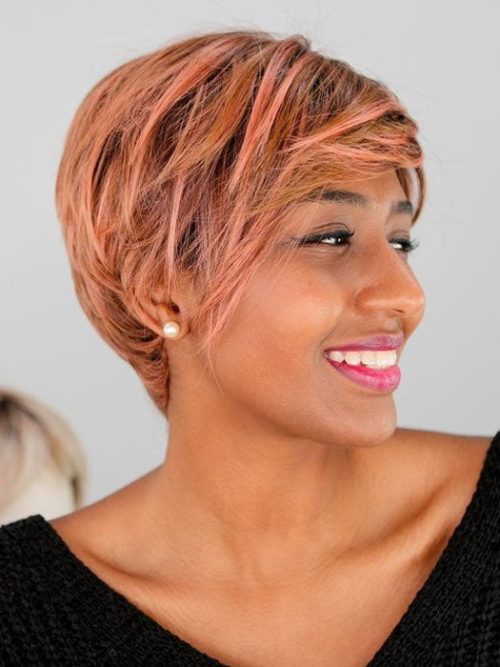Understanding Wig Shedding: Causes and Solutions
In this article, we’ll explore the factors contributing to shedding in human hair wigs and provide effective tips to minimize hair loss. Human hair wigs, crafted from real hair, naturally experience shedding. The delicacy of hand-tied lace wigs makes the base hair extremely fragile, leading to concerns among wig wearers about shedding.
Why Does Your Human Hair Wig Shed?
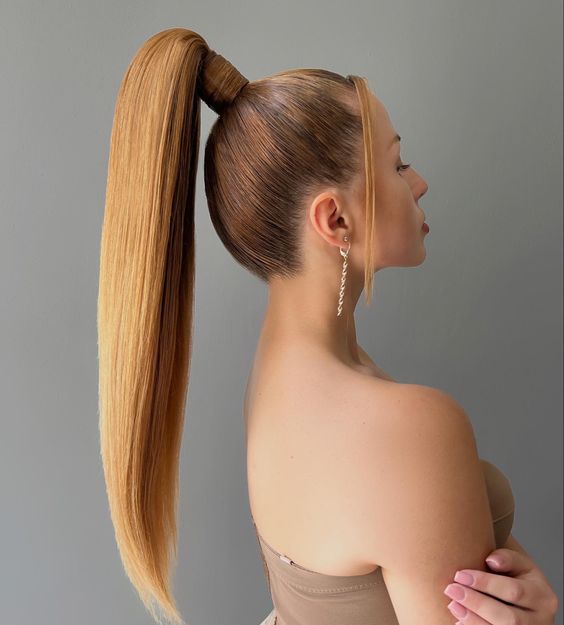
Tight Hairstyles Over Time
Continuous tension from tightly styled hair can weaken strands, resulting in hair fall.
Improper Washing Techniques
Using incorrect washing methods such as skipping pre-wash combing, using extreme water temperatures, or unsafe hair products can contribute to shedding.
External Factors: Pulling and Friction
Habitual pulling of hair and friction against surfaces like pillows can exacerbate shedding.
Damage from Heat Styling
Heat styling, if not done carefully, can lead to dryness and brittleness in the hair, increasing the likelihood of shedding.
Understanding the Causes of Hair Shedding
Avoid Tight Hairstyles
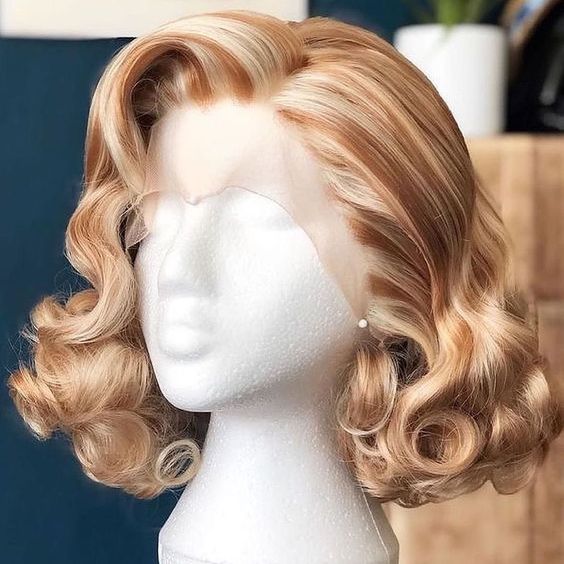
If you notice increased shedding, reconsider tight hairstyles like high ponytails, as they strain the hair.
Focus on Wig Knots
The lace frontal or closure areas are particularly prone to shedding. Sealing knots with a knot sealer can mitigate shedding risk.
Addressing Friction and External Forces

Reduce friction-induced shedding by opting for silk pillowcases to minimize hair breakage.
How to Address Wig Shedding
Avoid Scalp Scratching
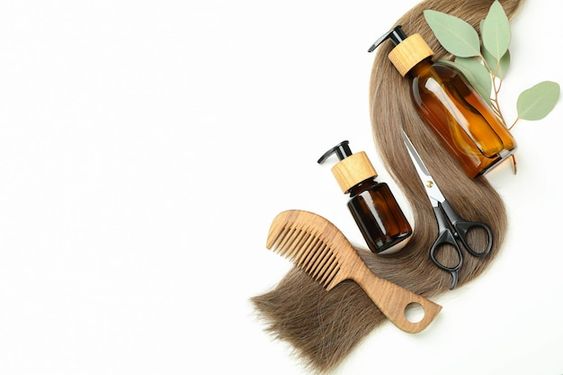
Handle wigs gently to prevent excessive shedding. Instead of scratching, pat your scalp gently.
Use Wig Products Sparingly

Contrary to popular belief, excess product usage can harm wigs. Limit product application to maintain hair texture and moisture.
Master Proper Wig Treatment Techniques
Optimal Hair Brushing
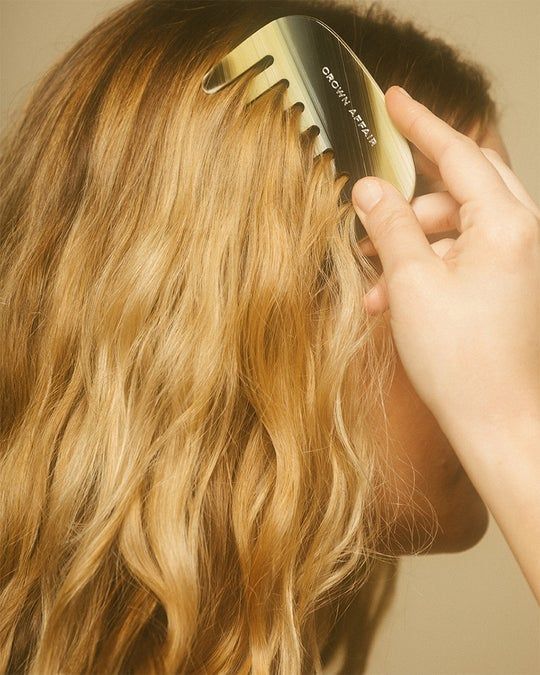
Regularly comb wigs to prevent tangling. Use a wide-tooth comb and gentle strokes to minimize shedding.
Minimize Oily Product Usage
Keep wigs clean to prevent knotting and shedding. Use oil-free products to maintain wig cleanliness.
Correct Washing and Drying Techniques

Wash wigs with care, avoiding excessive rubbing. Air-dry or use a cold air setting on hair dryers to minimize damage.
Ensure Wig Moisture
Use deep conditioning to keep wigs moisturized, reducing the risk of shedding.
Limit Heat Styling
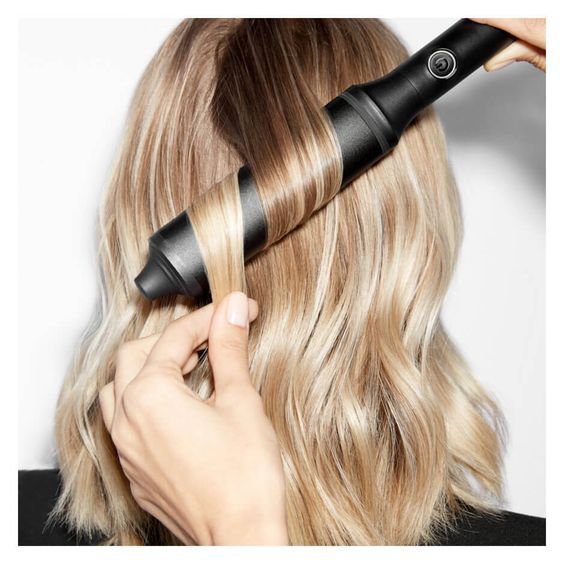
Avoid direct heat on lace and minimize heat styling to prevent hair damage.
Nighttime Wig Protection
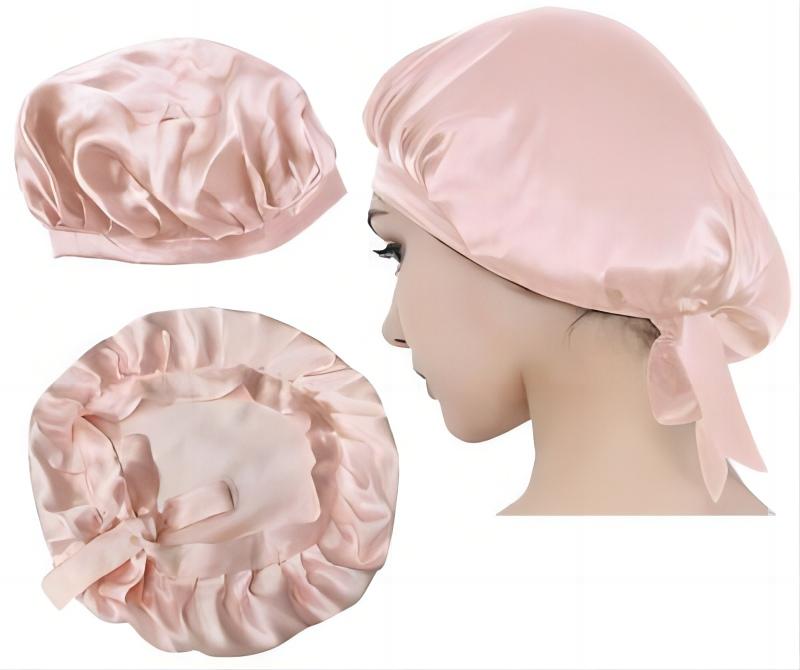
Protect wigs during sleep to minimize friction-induced shedding. Secure wigs with gentle braids or use silk scarves for added protection.
UV Protection
Prolonged exposure to UV rays can weaken hair strands. Protect wigs from UV damage to prevent shedding.
Bleaching Considerations
Bleaching knots can enhance wig realism but may increase shedding. Opt for light knot bleaching to minimize damage.
Proper Care Practices
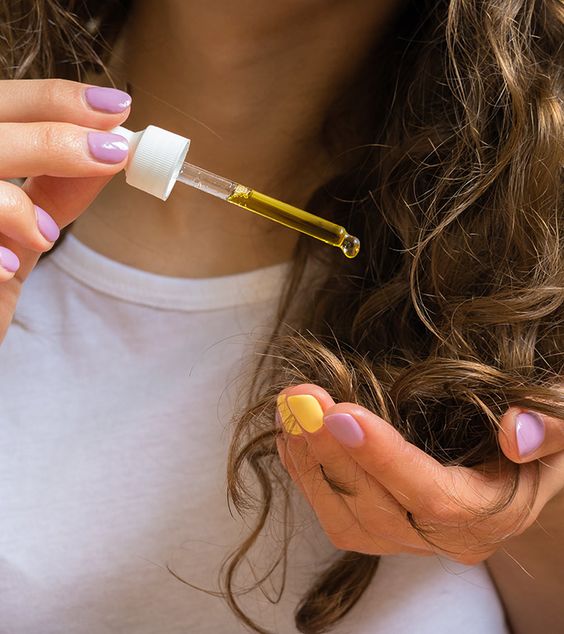
Wash and dry wigs carefully to maintain their quality. Store wigs properly to prevent tangling and shedding.
Conclusion
By following these tips, you can effectively reduce shedding and prolong the lifespan of your wigs. Investing in high-quality wigs made from virgin hair with aligned cuticles can further minimize shedding. For more hair care insights, explore our website. We’re here to help you achieve the best results with your wigs!
